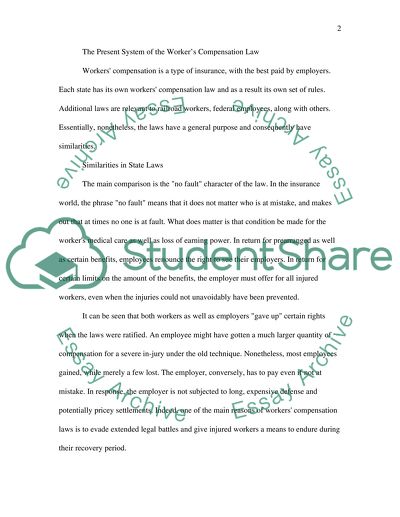Cite this document
(“Workers Compensation Law Essay Example | Topics and Well Written Essays - 3500 words”, n.d.)
Retrieved from https://studentshare.org/law/1526015-workers-compensation-law
Retrieved from https://studentshare.org/law/1526015-workers-compensation-law
(Workers Compensation Law Essay Example | Topics and Well Written Essays - 3500 Words)
https://studentshare.org/law/1526015-workers-compensation-law.
https://studentshare.org/law/1526015-workers-compensation-law.
“Workers Compensation Law Essay Example | Topics and Well Written Essays - 3500 Words”, n.d. https://studentshare.org/law/1526015-workers-compensation-law.


